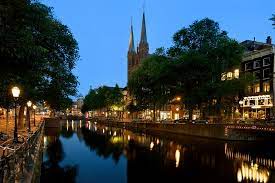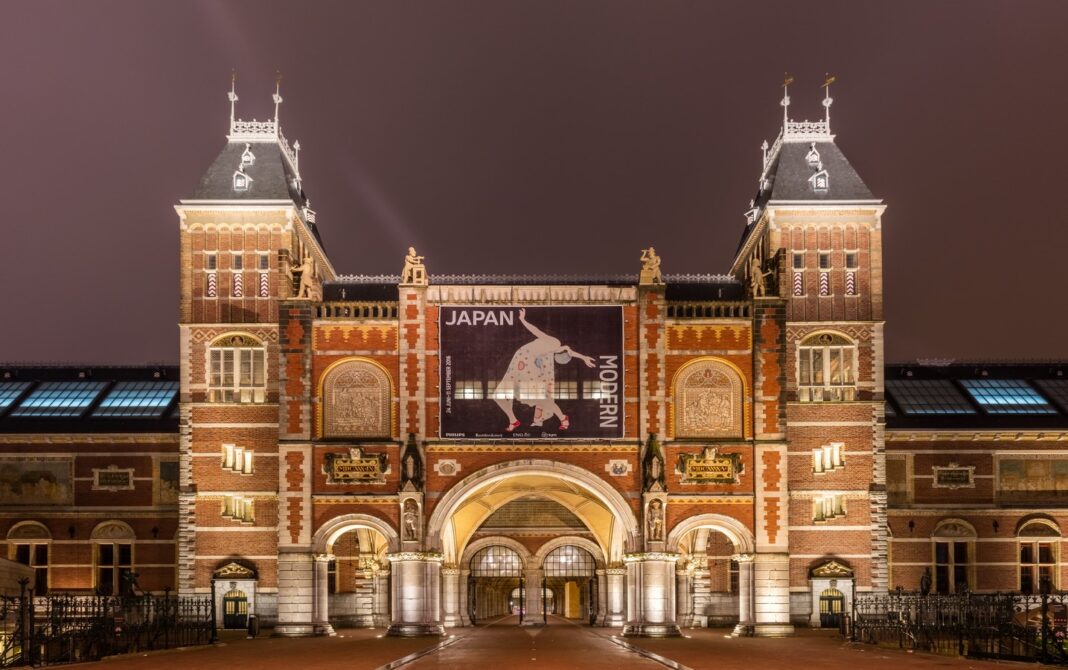As well as being the largest city municipality in the country, Amsterdam is also the capital city of the Netherlands. Canals surround the city, creating an infamous waterscape. A densely populated area that is constantly expanding and growing, it’s one of the most rapidly growing areas in the world.
In addition to being one of the most well-known cities in the world, Amsterdam is a popular tourist destination. In addition to having a bustling city life, Amsterdam is also near The Hague, which is famous for its canals. The city is also home to museums and narrow houses, making it the nickname “Venice of the North.” This guide is all about the cost of living in Amsterdam in detail.
Cost of living in Amsterdam
It’s a good idea to get over the fact that Amsterdam is an expensive city first! Even by Western European standards, the Netherlands’ living costs are high, so it’s no surprise that it’s the world’s most expensive place. Despite that, citizens of the country enjoy an excellent quality of life.
You will generally see an increase or decrease in the cost of living based on your lifestyle. Across the board, rent is high – but when it comes to eating out, is it as expensive as it could be? While cooking at home saves you money, you also miss out on an essential aspect of local culture when you do so. In order to achieve the right balance, you must strike the right balance. Amsterdam’s living costs are affected by the following factors.

The cost of accommodation in Amsterdam
It is essential to know where you live regarding house prices in the Netherlands. Thus, it is the most expensive suburb in the Ramstad (the suburbs surrounding the biggest cities in the Netherlands). In this case, Amsterdam is the leader.
The cost of living in Amsterdam ranks among the top ten most expensive places in Europe. Indeed, living in Amsterdam isn’t cheap.
Compared to places like Friesland and Limburg, prices can be double or triple in ‘Binnen de ring’ (in the central neighborhoods).
Renting a room or a studio can be expensive, depending on the location. The price of Amsterdam is still rising because it is so popular nowadays. If you live in a decent location, you may have to pay €850 for 12 m2 of space.
Read more: Guide About 8 Amazing Things To Do While Living In Kerala
Cost of electricity and gas
In the Netherlands, you can choose from a wide range of utility providers. Gas and electricity are usually more cost-effective when they come from the same provider. Occasionally, your landlord will include these costs and cover them, but you can’t count on them.
Comparatively to other countries, the Netherlands’ gas cost is around .08 euros per kWh. Electricity costs around .25 euros per kWh, making it one of the highest prices worldwide. The average price of gas and electricity combined is between €120-200 a month.
You might find the payment system for gas and electricity bills a bit confusing if you’re new to Amsterdam. In most cases, you’ll pay a flat fee each month, based on the average usage predicted for your house and how many people will use it. It is important to remember that what you pay each month is not necessarily the actual cost. Nevertheless, actual usage will be considered when adjusting the estimated cost each year.
Cost of taxes in Amsterdam
There is a high level of taxation in the Netherlands. The tax-free allowance does not apply to your earnings since all income is taxable. Those earning less than €20k are taxed 36.65%, while those earning more than €68.5k are taxed 51.75%. You are subjected to high taxes in this country and receive excellent public services.
You usually do not have to submit a tax return because your employer withholds your income tax from your paycheck. The self-employed are required to file their taxes, as in most countries. Married taxpayers, homeowners, and those who wish to deduct education or healthcare expenses must also file tax returns.
Healthcare costs in Amsterdam
It is mandatory to have health insurance in the Netherlands if you live or work there. The average monthly cost of a basic package is just over €100, but this can vary significantly between companies and plans. It may be less expensive to purchase corporate health insurance through your employer than to take out an individual policy.
Standard deductibles (eigen riscico) are set by all insurance companies at $385 each year, or the amount you must pay before you are covered. Some people can save money by choosing a higher deductible. With the standard package, children under 18 are insured free of charge.
An income-based contribution is also required by the Dutch government in addition to the standard package. This contribution is calculated as a percentage of your salary and is known as the ZVW contribution. By direct transfer from your employer, it will be presented to the Health Insurance Fund.
Cost of food in Amsterdam
Although it’s very carbohydrate-heavy like most northern European countries, it’s also not much of a complaint. Poffertjes, Bitterballen, and fries are just some of the delicious food options available in the city. It is also known for producing quality ingredients such as cheese and cured meats in the Netherlands.
There’s a balance to strike when it comes to eating out. It can end up breaking the bank even at the cheapest restaurant. The frequency is usually one or two times a week. Every morning, ex-pats in Amsterdam look forward to the snack machines because they provide a good cup of coffee. It doesn’t matter what type of coffee shop you prefer, and they can also provide social spaces that are somewhat popular – don’t overdo it.
Few supermarkets in Amsterdam are more popular than Albert Heijn. It’s available in supermarkets and smaller metro stops around the city. There are also a variety of supermarkets operating in the country, including Spar and Lid, which offers excellent options for budget shoppers.
Is it challenging to find work in Amsterdam?
Finding work in Amsterdam can be challenging, especially for non-Dutch speakers. The city’s job market is competitive, and there is a high demand for skilled professionals. While the unemployment rate in the Netherlands is relatively low, the job market can be tough for ex-pats looking for entry-level or low-skilled work.
One of the main challenges for non-Dutch speakers is the language barrier. While English is widely spoken in Amsterdam, many companies still require employees to have a good command of the Dutch language. Additionally, obtaining a work visa can be lengthy and complicated, which can be a barrier for non-EU citizens.
However, there are opportunities for skilled finance, IT, and marketing professionals. Amsterdam also has a growing startup scene, which can provide opportunities for entrepreneurs and innovators. Networking and building connections can also be an effective way to find work in the city. Finding work in Amsterdam can be a challenging task. Still, with the right skills, experience, and connections, securing a job in the city is possible.
The area around Amsterdam is home to many large international corporations, and the business climate is rather international, giving expat professionals many options to land jobs. Although applicants who are EU/EEA citizens always receive preference over non-citizens, the rivalry can be tough.








